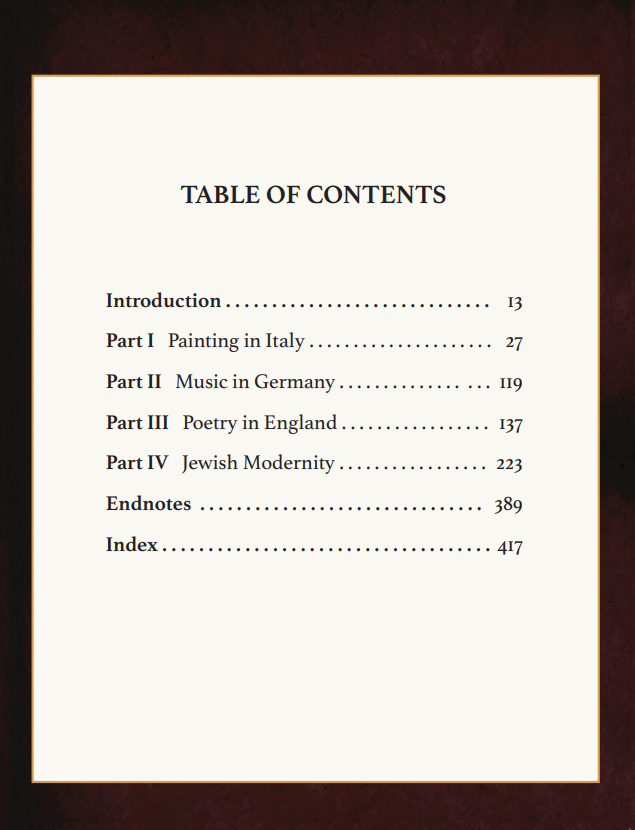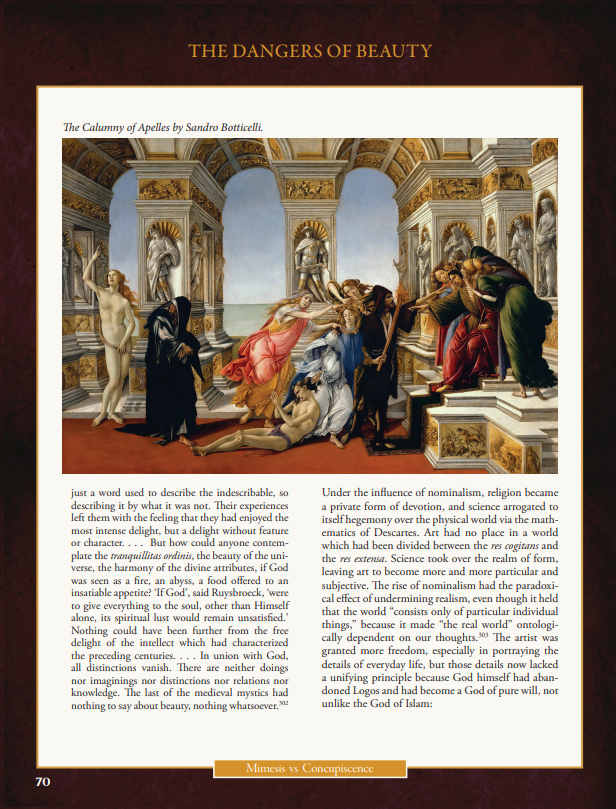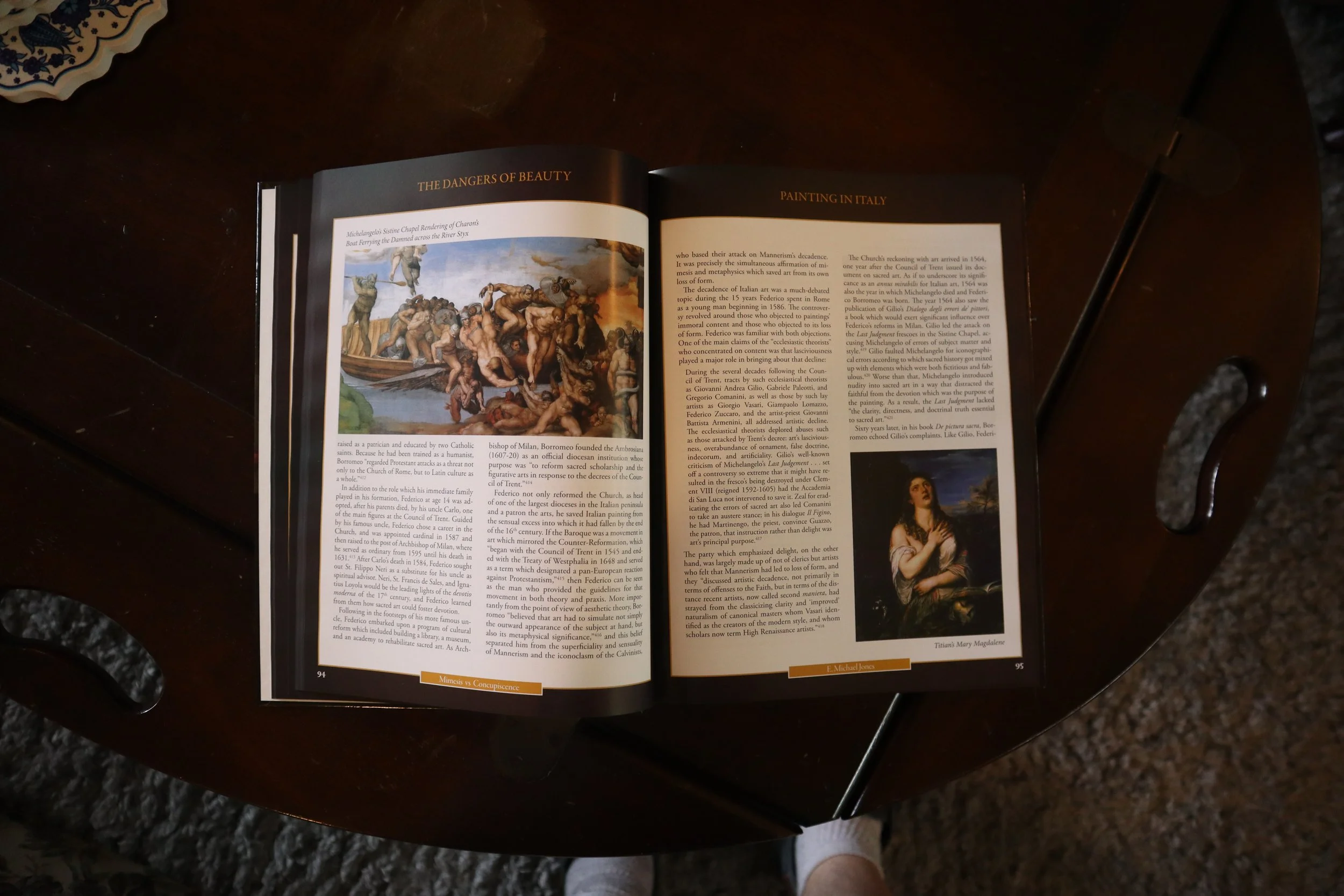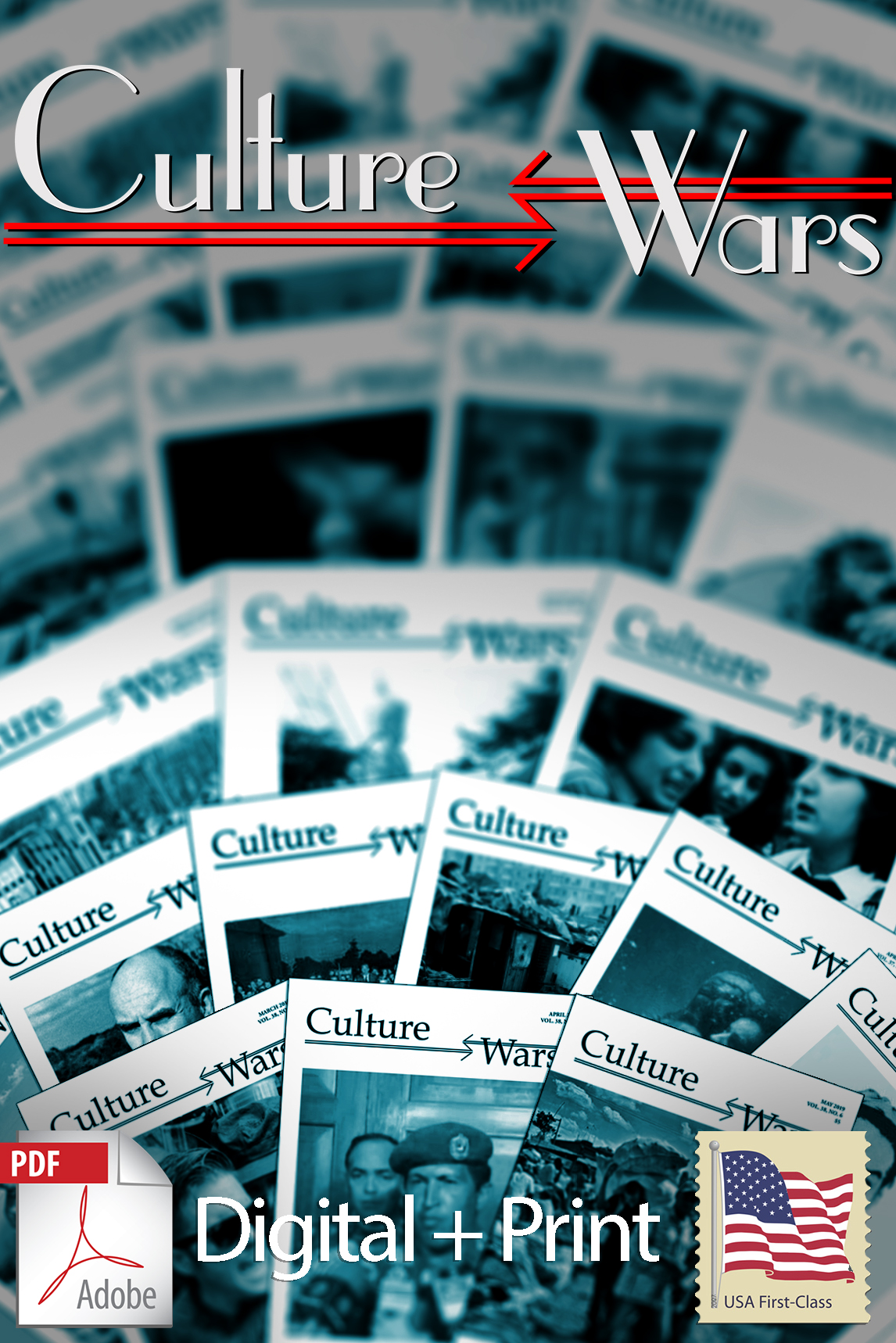The Dangers of Beauty
The Dangers of Beauty
Stunning Imagery
It’s a symphony – that also happens to be a school. Leave it on your coffee table long enough and you’ll find soured relationships with neighbours made good, and your popularity restored.
After a few centuries of meditation on passages in Scripture like “Logos is with God,” the Church Fathers came to understand that the One was made up of three Persons united in love to each other. Their love for each other was so intense that it overflowed into the creation and love of the universe where it became apparent as beauty, leading Augustine to conclude that “beauty originates from God Himself.”
The fate of the social order depends on the soul’s ability to apprehend this beauty because beauty like truth and goodness is a transcendental and is coextensive with being. If the souls of the young were trained to love beauty, then “the effluence” of its “fair works” would “flow into the eye and ear, like a health-giving breeze from a purer region, and insensibly draw the soul from earliest years into likeness and sympathy with the beauty of reason.”
Art by its nature involves what Aristotle called mimesis, by which he meant imitation of nature. Art “imitates the divine and ideal order of things” which goes by the name of logos. If, as Plato taught, artists were gifted enough to discern beauty “amid fair sights and sounds,” if they could convey that skill in recognizing and creating beauty to young people, they would “dwell in a land of health” and “receive the good in everything.”
There are those, however, who cannot imitate nature without distorting it. A return to mimesis will spell the end of the perversion of art which characterized the 20th century. Existence is still waiting to call essence into being. Beauty is its eternal manifestation, and mimesis remains the most formidable defense against the attack on logos that has made the world we live in ugly as sin.
631 Pages.
Reviews
Most theories of art leave us frustrated, that art is nothing more than a form of insider trading that reflects the interests and tastes of the rich and powerful. For much of the 20th Century, those looking to defend art as something more, like Jacques Maritain and Etienne Gilson, got stuck in formalistic theories of art, which neutered their efforts to come up with any coherent criteria for even discussing art. By taking us to essential theories advanced by Aquinas and through the Council of Trent, Jones shows us the principles for distinguishing great art from its formalist or excessively realist pretenders, saving beauty from the eye of the rich and powerful beholder. This is a fitting follow up and companion to Logos Rising.
- Rev. Jeffrey J. Langan, Ph.D
The richness and depth and interconnectivity of the thing is breath-taking and yet at the same time it’s perfect for browsing: it’s an illustrated reference book which doubles as an historical drama, interwoven with a theologically infused philosophical treatise.
While the coffee is being prepared, your guest can just dip in. Open any page and he’s sure to find a captivating portrait or well-chosen photograph of a literary luminary like TS Eliot, a musical master like Beethoven, or a titan like Titian; or perhaps a painting of the most beautiful woman in the world; or if he’s really lucky and happens to open to page 365 where he gets to see the ugliest house in the world.















